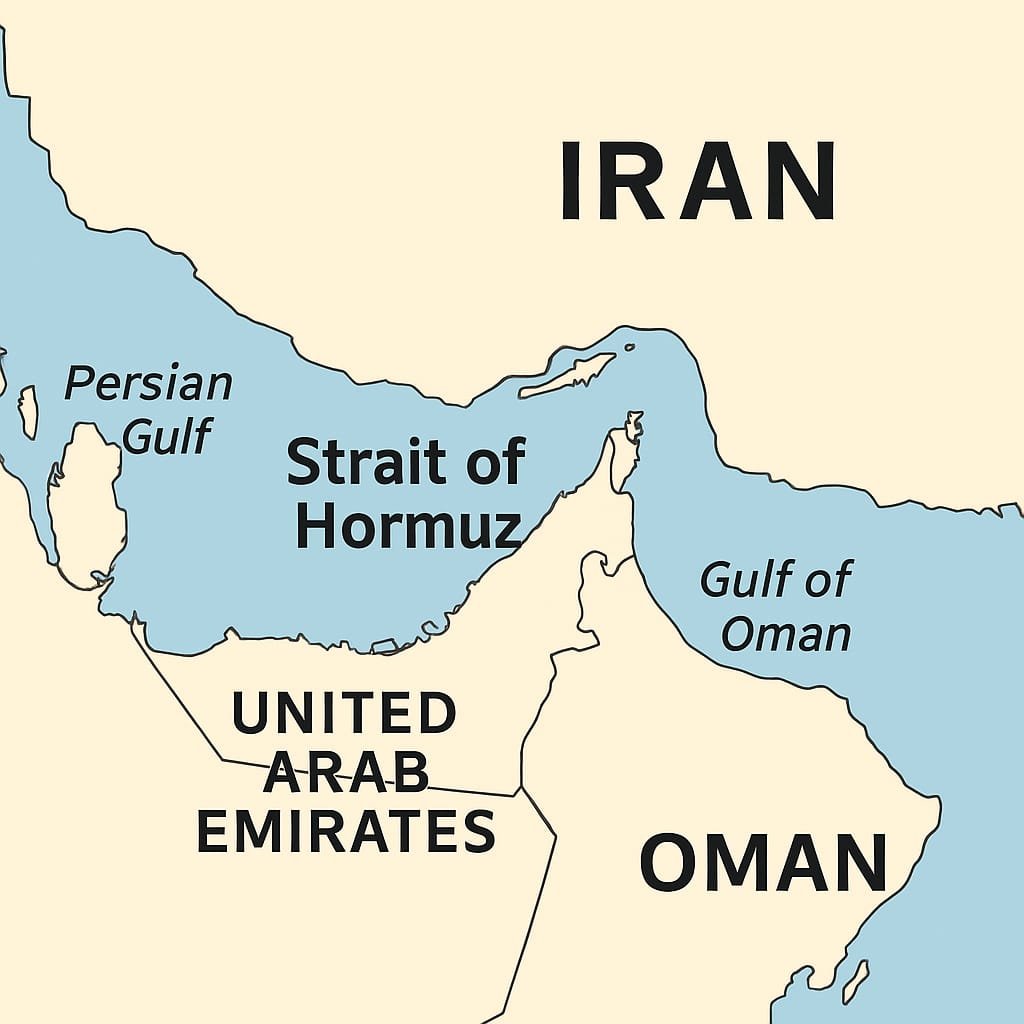
The Strait of Hormuz has once again become a hotbed of global tension. This narrow strip of water, only 33 kilometers wide at its narrowest point, lies between Iran and Oman. It may look small on a map, but it is one of the most important oil routes in the world. Around 20 percent of the world’s oil passes through this waterway every day. This includes nearly 20 million barrels of oil and a large amount of liquefied natural gas. For countries like India, the impact of even a small disruption in this region can be massive.
Recently, tensions have increased as Iran threatened to close the Strait of Hormuz. This came after growing conflict with Israel and warnings from Iran’s Revolutionary Guard Corps. Iranian commander Esmail Kowsari stated that shutting down the strait is under consideration. He also said Iran will make a final decision based on the situation and how other countries respond. Mohammad Javad Hosseini, a senior official at the Iranian embassy, also confirmed that the option of closure remains on the table.
This has caused alarm in countries that depend on this route for energy. India is one of them. The strait supplies about 45 percent of India's total crude oil requirements. Prices have already started to rise. Within a week, India's oil import cost jumped by 12.5 percent. On June 12, crude was $69.08 per barrel. By June 19, it had reached $77.72. This shows how quickly global markets react to such threats.
In response, the Indian government is taking the situation seriously. Commerce secretary Sunil Barthwal led a high-level meeting to understand the possible impacts. Officials from the shipping and air cargo sectors also joined the discussion. Their aim is to make sure India’s trade and supply chains do not face problems if the strait is closed.
Officials said that, so far, there have been no disruptions in imports or exports. Shipments are arriving on time. However, if the strait is closed for a longer period, the situation could become difficult. Experts believe that energy shortages may begin to show after 30 to 45 days if the supply is blocked. More than 87 percent of the oil India imports comes from countries like Saudi Arabia, Iraq, Kuwait, and the United Arab Emirates. All of them send oil through the Strait of Hormuz.
The International Energy Agency has warned that even a small disruption in the strait could cause global oil prices to rise. It would affect not only oil but also gas, trade routes, and insurance costs. The global market may enter a period of uncertainty.
India has taken steps over the years to reduce its dependence on Middle East oil. Three years ago, over 60 percent of India’s oil came from this region. Today, the number is lower. India now buys more oil from the United States, Russia, and South American nations. But the Middle East still remains a major source of energy for India.
India is also looking at other solutions. This includes diversifying its oil imports, using strategic oil reserves, and strengthening ties with oil-producing nations that do not depend on the Strait of Hormuz. It is also keeping an eye on insurance and freight rates which could go up in case of trouble in the strait.
Meeting participants said the situation is currently stable. But India is keeping a close watch. Reports are coming in daily about shipping safety, insurance changes, and regional diplomacy. The government is preparing for all possible outcomes.
In conclusion, the Strait of Hormuz may be narrow, but its importance is massive. A peaceful and open waterway is vital for the energy security of not just India but the entire world. As tensions rise, countries must prepare with care and cooperation. Peace in this region is not only important for trade but for global economic stability.



.jpeg)


.jpeg)


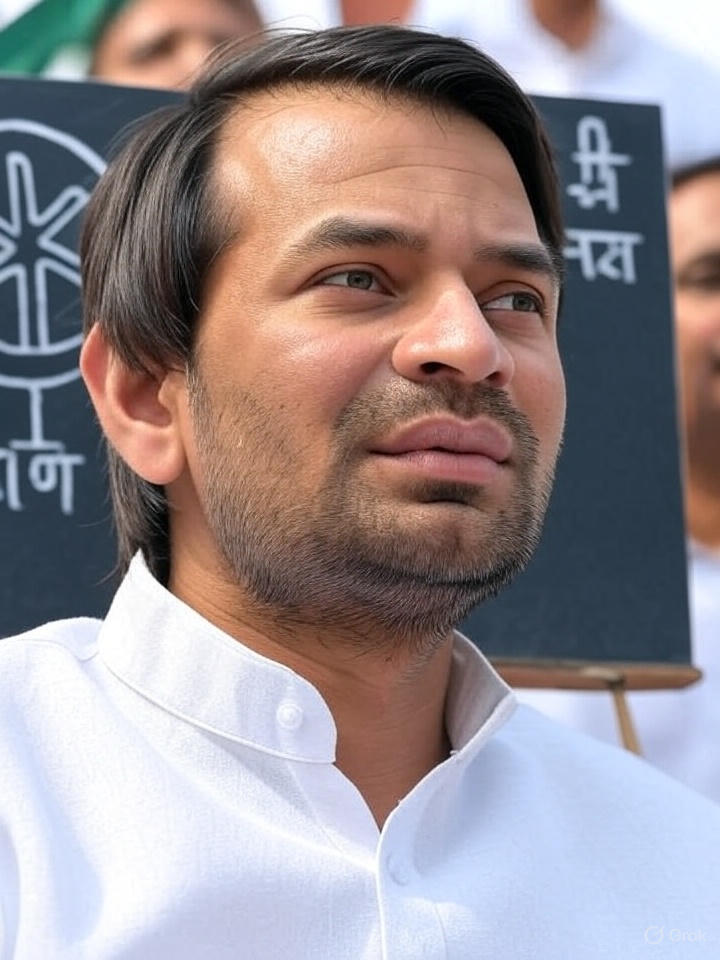
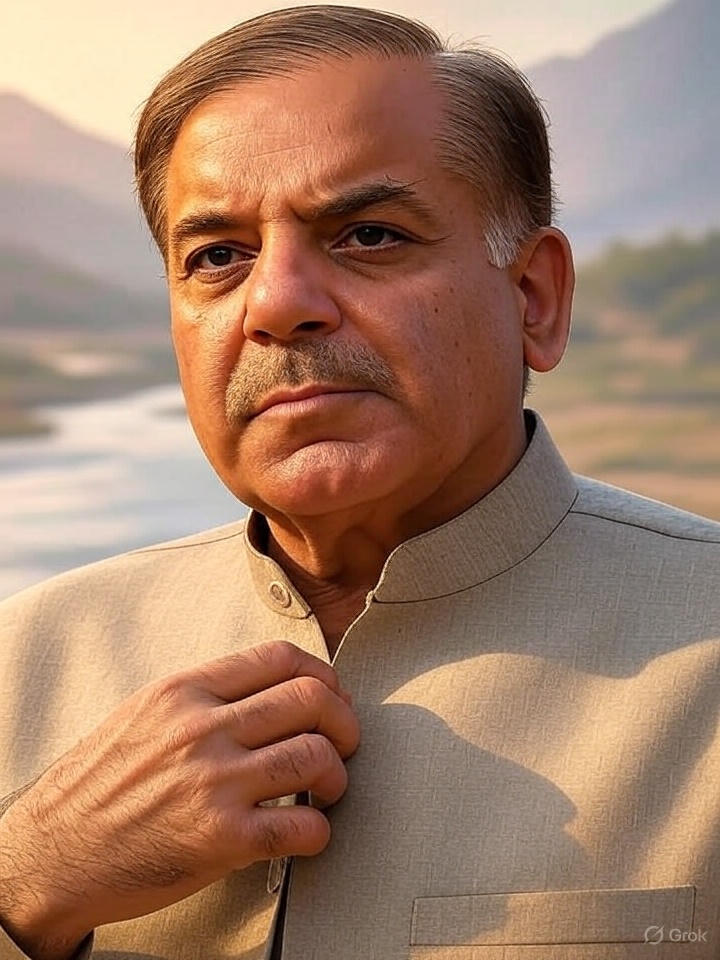
.jpeg)

.jpeg)
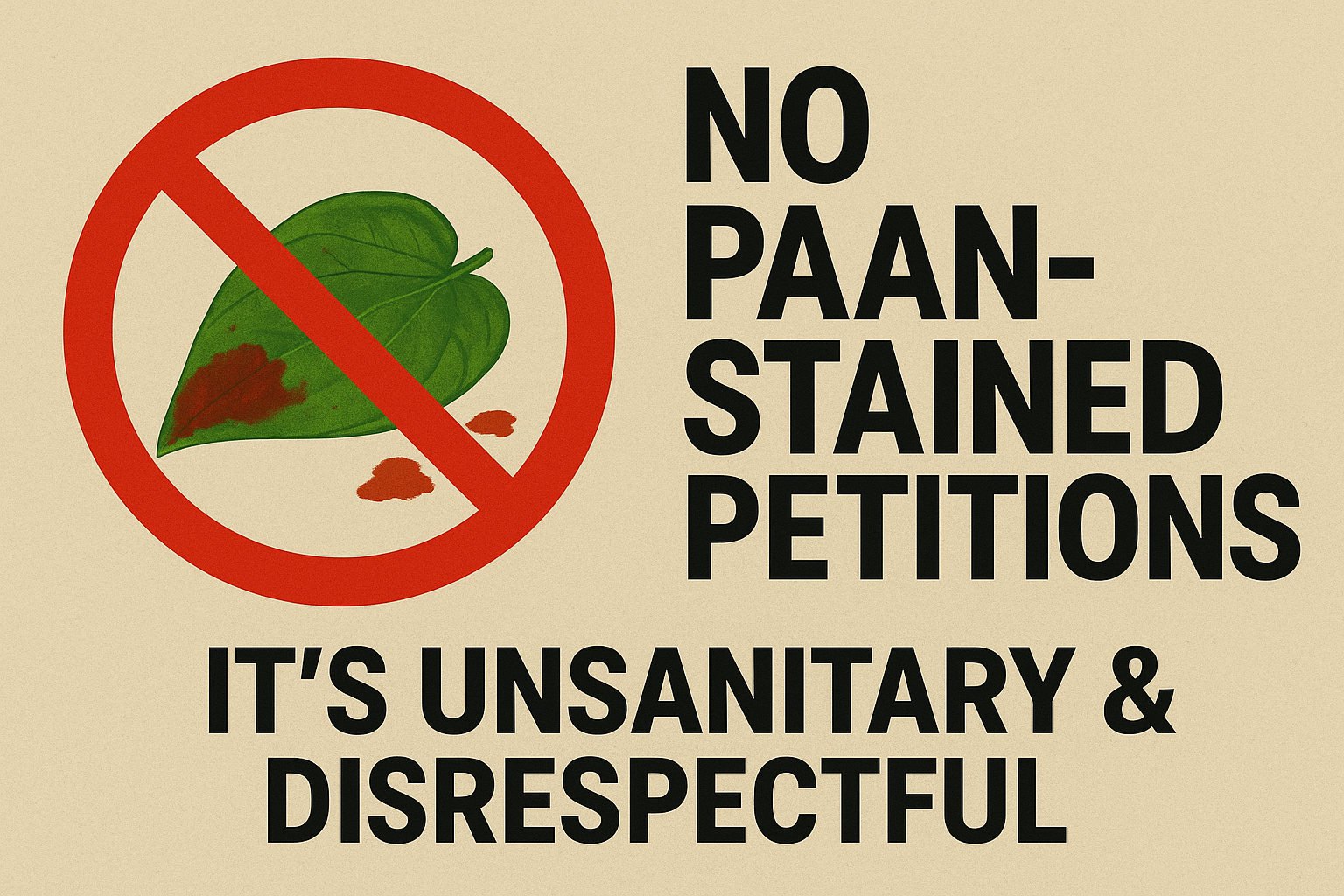

.jpeg)

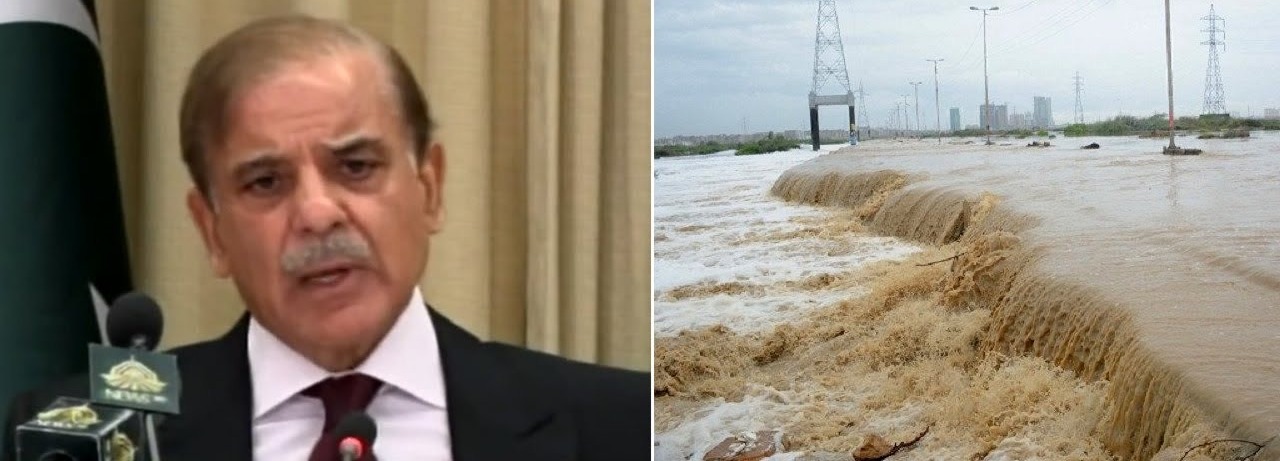
.jpeg)

.jpeg)